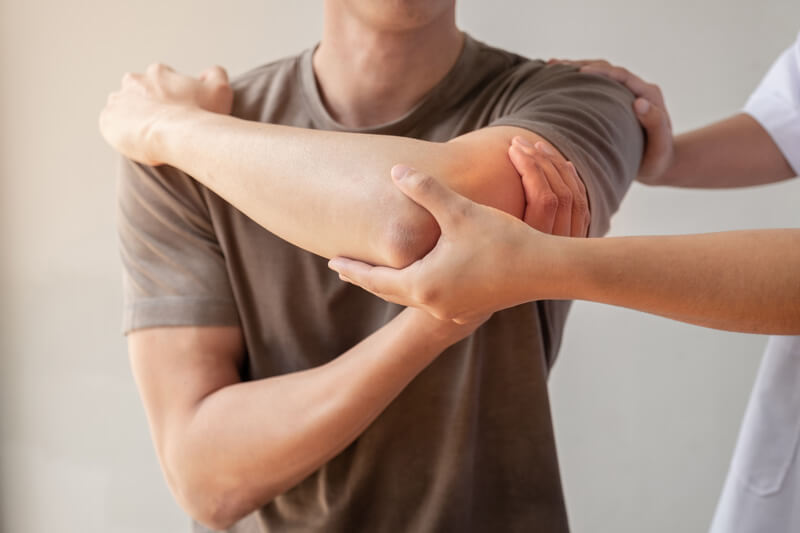
Please review our Terms of Use before proceeding. OSI wishes to repeat and make clear that by reviewing the following, either on a digital screen or in printed format, you (or any reviewer hereof) acknowledge, without exception, that you (or any reviewer hereof) have/has reviewed OSI’s Terms of Use. The information below is not in simple bullet points and represents nothing more than information. Joint preservation cannot be described in one or two structured sentences and simple bullet points. A broader understanding of osteoarthritis is required for a committed surgeon to perform a successful Intraarticular Saucerization. Quick and simple answers and sound bites have been avoided because patients need to be engaged in their healthcare and talk to their doctors. In this regard, a reader hereof may find the information below interesting. Indeed, one is always desirous of immediate relief from pain, and it is for this reason that any reviewer hereof must talk to their doctor. OSI encourages all of us to be informed so that we can avoid ever reaching a point wherein a joint replacement is our only option. Ask questions and be engaged.
To understand shoulder pain, let’s first describe how the shoulder bones come together to make the shoulder joint. The working parts of the shoulder joint consist of three bones: the collarbone (clavicle), the shoulder blade (scapula), and the upper end of the arm bone (humerus). Where the humerus connects to the scapula is called the shoulder joint. The round ball of the humerus (the humeral head) and the shallow cup of the scapula (the glenoid) are covered with cartilage. The shoulder joint also has important bands that hold the bones together called ligaments.
Additionally, the shallow glenoid is made a little deeper by a fibrous structure called the labrum. If you think of the labrum as a clock face, the tendon of the Popeye muscle (the biceps) is attached at the 12 o’clock position on the glenoid. The rotator cuff consists of four muscles that hold the humeral head in the glenoid when raising the arm over the head. The scapula has a prominent bone that we touch when we tap someone on the shoulder called the acromion. The acromion is always located over the top of the rotator cuff. The clavicle connects to the acromion at the acromioclaviclular (AC) joint. The shoulder joint lining produces a lubricant called synovial fluid that helps the humeral head glide along the glenoid.
The most important function of the shoulder is to position the hand in space. While the shoulder is in motion, the rotator cuff depresses the humeral against the glenoid so that the deltoid muscle, the muscle through which you may have received a vaccine, can raise the arm overhead. The shoulder joint is a load-bearing joint (meaning you use the shoulder to carry a book in your hand) in comparison to the hip and the knee joints, which are weight-bearing joints (meaning your hips and knees support your body weight when walking).
Shoulder pain results when the working parts of the shoulder do not operate together smoothly. Any of a number of diseases and/or trauma can alter how the working parts of the shoulder operate together. A common problem in a shoulder joint with osteoarthritis is a rotator cuff tear. Thus, if treatment either masks the pain or is limited only to repairing the rotator cuff, things may worsen.
It depends on the cause. A common cause of shoulder pain in people over 50 is osteoarthritis with a rotator cuff tear and subacromial (below the acromion) impingement (rubbing of the rotator cuff against the bone of the acromion). A comprehensive treatment plan for pain due to osteoarthritis of the shoulder, if saving the joint is desired, may range from nonsurgical reassurance with NSAIDs (Advil) to a minimally invasive Intraarticular Saucerization (IA Saucerization) with a rotator cuff, biceps, and labrum repair. An x-ray allows the surgeon to see the shoulder bones and how they fit together. An MRI of the shoulder allows the surgeon to see the rotator cuff, the labrum, the cartilage, the ligaments, the tendons, and the insides of the bone. A painful shoulder may experience pain during certain motions, and x-rays and MRIs do not show this relationship because the x-ray and MRI are taken while the shoulder is at rest. This is why it is important to explain to your surgeon the specific problem you are having with your shoulder and in what positions the pain worsens or is its worst. If more advanced osteoarthritis is present, a joint replacement may be performed. These brief questions are NOT intended to comment on the many other shoulder joint problems such as instability, Bankart Lesions, etc.
An IA Saucerization of the shoulder with a rotator cuff repair is arthroscopic reshaping of the structures of the shoulder combined with thorough debridement of the joint without replacing it. This may include repair of the labrum and biceps tendon. The procedure also decompresses the humeral head on the articular side by removing bone spurs, thus, allowing fat that blocks blood flow into the bone to escape. This is then followed by a rotator cuff repair and cleaning of the subacromial space. The humeral head is then filled with autologous bone and bone marrow to improve the health and strength of the bone. The bone and bone marrow replace the fat that has been released. The skilled surgeon performs the procedure through three to four microincisions while repeatedly ranging the shoulder as if the patient were combing their hair or eating. During surgery, the blood pressure and heart rate are monitored for spikes indicating that the area being debrided/reshaped is a source of pain. These areas are matched to the areas discussed with the patient as being the most painful on the morning of surgery. The IA Saucerization takes into account the limitations of x-rays and MRIs to show the abnormal motion relationships between the working parts of the shoulder and how abnormal motion brings on pain. For example, the images of x-rays and MRIs do not show how a bone spur on the humeral head strikes the front or the back of the glenoid or the acromion. The IA Saucerization arthroscopically reshapes the bones of the shoulder by removing all bone spurs that cause abnormal contact between the shoulder structures and then contours the cartilage where it is torn.
The following questions should be considered by those interested in understanding an IA Saucerization of the shoulder joint:
Joint replacement of the shoulder is a cleaning of the shoulder that is so extensive an artificial joint must be inserted in the place of the normal shoulder joint. When cleaning the shoulder this extensively, the cuts of the bone must follow a particular pattern so that the artificial components can be attached to the glenoid and the humerus. The components may be fixed to the bone with or without cement. During a primary total shoulder replacement, the first time the shoulder is replaced, the surgeon usually does not treat any condition of the underlying bone. The bone is assumed to be healthy enough to support the artificial components. Additionally, the procedure will attempt to correct any abnormal alignment of the joint.
